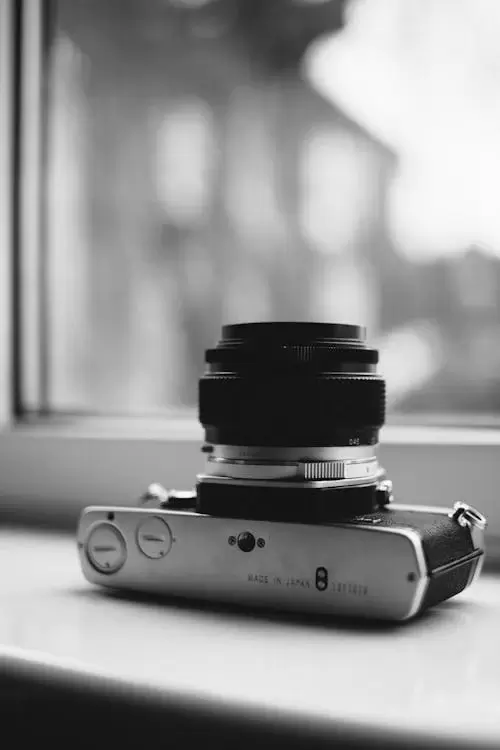The healthcare industry is constantly evolving, with new technologies improving the ways doctors diagnose and treat patients. One of the latest advancements is the use of AI cameras to quickly assess the severity of infections. This cutting-edge technology is transforming medical practice by providing faster and more accurate diagnoses, ultimately leading to better patient care.
What Are AI Cameras?
AI cameras are equipped with advanced artificial intelligence and machine learning algorithms that can analyze medical images with high precision. These cameras capture detailed images of infections, which the AI then processes to evaluate the severity and suggest possible treatments. This technology leverages vast amounts of data to make its assessments, often outperforming traditional diagnostic methods.
How Do AI Cameras Work?
- Image Capture: The process starts with the AI camera taking high-resolution images of the infected area.
- Data Analysis: The AI system analyzes the images, comparing them to a large database of known infection images.
- Diagnosis: Based on the analysis, the AI determines the severity of the infection and provides recommendations for treatment.
Benefits of AI Cameras in Infection Diagnosis
- Speed: Traditional diagnostic methods can be time-consuming, often requiring multiple tests and lab work. AI cameras can deliver results almost instantly, allowing doctors to make quicker decisions about treatment.
- Accuracy: AI cameras reduce the risk of human error in diagnosing infections. Their assessments are based on data from thousands of cases, ensuring high accuracy.
- Accessibility: AI cameras can be used in remote or underserved areas where access to specialized medical professionals is limited. This technology ensures that more people can receive accurate diagnoses quickly.
Resource Efficiency: By speeding up the diagnostic process and reducing the need for extensive testing, AI cameras help optimize healthcare resources and lower costs.

Real-World Applications
AI camera technology is already being used in various healthcare settings. For example:
- Wound Care: AI cameras monitor the healing progress of wounds, allowing doctors to adjust treatments as needed.
- Dermatology: AI assists in identifying skin conditions, distinguishing between benign and malignant growths to facilitate early intervention.
- Remote Diagnostics: In areas with limited access to healthcare, AI cameras provide quick and accurate assessments, helping to bridge the gap in medical services.
The Future of AI in Healthcare
The potential of AI camera technology goes beyond infection diagnosis. As AI continues to evolve, it is expected to play a significant role in personalized medicine, predictive analytics, and more. Integrating AI with other technologies like telemedicine and wearable devices will further revolutionize patient care, making healthcare more efficient and effective.


Conclusion
AI cameras are revolutionizing the way infections are diagnosed in healthcare. By providing fast, accurate, and accessible assessments, this technology is improving patient outcomes and optimizing healthcare resources. As we look to the future, AI's role in healthcare is set to expand, promising even more advancements in the diagnosis and treatment of various medical conditions.


